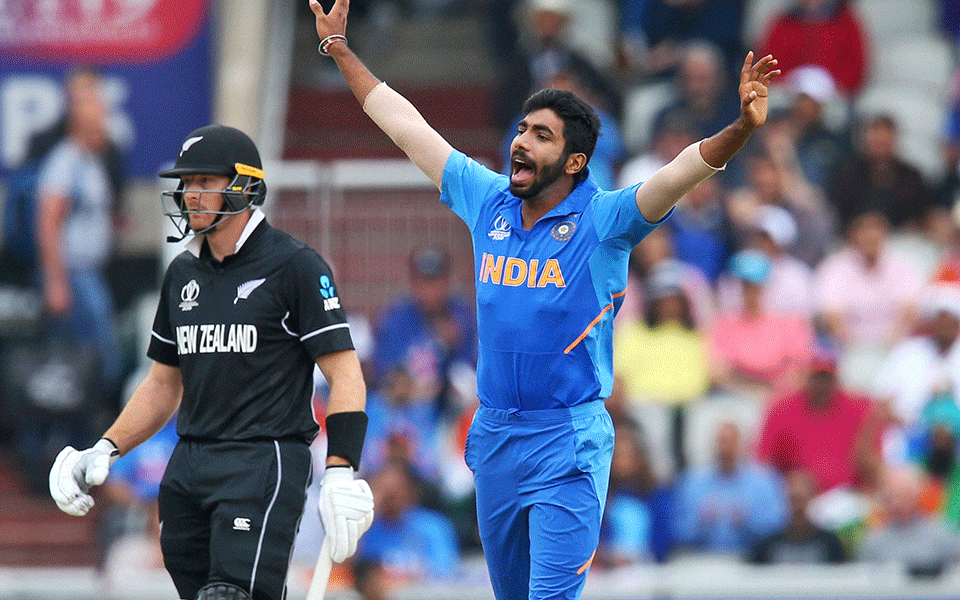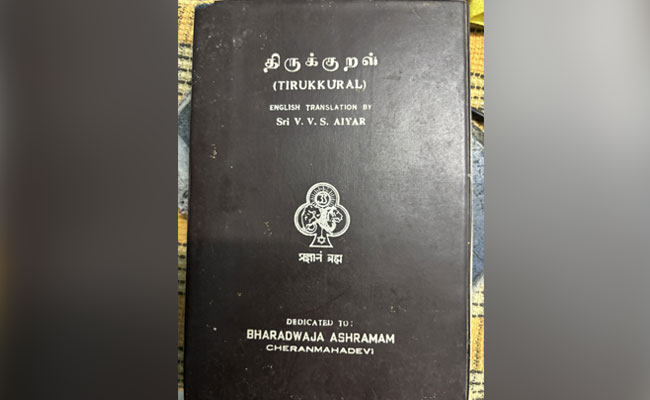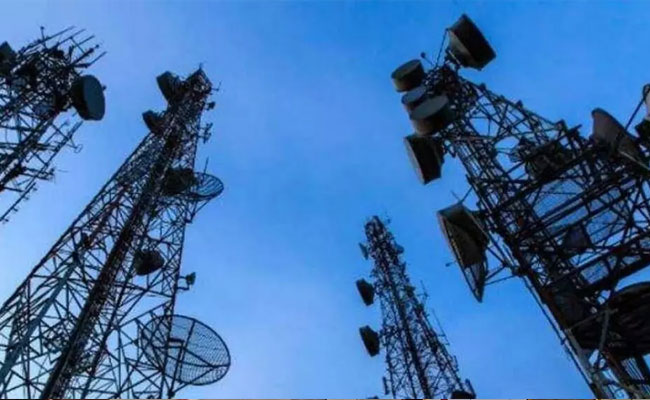Manchester: India need to overhaul a modest 240-run target to earn a shot at their third ODI World Cup title as New Zealand could add only 28 runs to their overnight total in the rain-hit semi-final, here Wednesday.
Resuming at 211 for 5, the Black Caps managed just one boundary in the remaining 23 balls.
The highlight of the brief New Zealand innings on the reserve day was Ravindra Jadeja's direct throw from the deep mid-wicket to end back Ross Taylor (74, 90 balls), who ran for a double.
Tom Latham then provided Jadeja with a simplest of catch to give Bhuvneshwar his second wicket of the match. He ended with 3 for 43 when Matt Henry offered a simple skier to skipper Virat Kohli.
The best part about the 20-odd minute session was the intensity with which Jasprit Bumrah (1/39) and Bhuvneshwar bowled. Bumrah bowled fast and pitched it back of the length while the UP seamer bowled a much fuller length.
They were backed by Jadeja and also KL Rahul, who showed tremendous commitment with a diving stop that saved three runs off the penultimate delivery of the New Zealand innings.
While the last 10 overs yielded 84 runs, which was by far their most productive of all the 10-over sets, what will come back to haunt them was lack of intent during the middle overs.
Save Yuzvendra Chahal (1/63), they could not dominate any of the other four Indian bowlers. The total dot ball count was an astounding 158 which is more than half their quota of overs.
A forecast of clear weather till mid-afternoon, the chase is expected to be a cakewalk for the formidable Indian top-order which has rarely failed in the seven-week tournament.
Let the Truth be known. If you read VB and like VB, please be a VB Supporter and Help us deliver the Truth to one and all.
New Delhi (PTI): A parliamentary panel is likely to summon top executives of private airlines and the civil aviation regulator over the mass cancellation of IndiGo flights that has left thousands of travellers stranded across the country's airports.
The Parliamentary Standing Committee on Transport, Tourism and Culture, chaired by JD(U) leader Sanjay Jha, is likely to seek an explanation from top executives of airlines and officials from the Directorate General of Civil Aviation (DGCA) and the Ministry of Civil Aviation about the cause of disruption in air services and possible solutions.
A member said the panel has taken serious note of the difficulties faced by thousands of passengers due to disruption in air services.
Even parliamentarians, who were in the national capital for the Winter Session, faced the brunt of flight cancellations by IndiGo and delays by other airlines, the panel member said.
Several MPs also received complaints from people about air fares shooting up due to the scenario.
Meanwhile, CPI(M) Rajya Sabha member John Brittas, who is not part of the standing committee on transport, has demanded setting up of a joint parliamentary committee or a judicial inquiry into the large-scale disruption of flights.
IndiGo cancelled more than 220 flights at Delhi and Mumbai airports on Sunday, as the disruptions entered the sixth day even as efforts were on to normalise operations.
The aviation regulator, DGCA, on Saturday sent notices to IndiGo CEO Pieter Elbers and COO and Accountable Manager Porqueras, seeking explanation.
In a statement issued on Sunday, IndiGo said the Board of Interglobe Aviation, its parent company, has set up a Crisis Management Group, which is meeting regularly to monitor the situation. The company's Board of Directors is doing everything possible to take care of the challenges faced by its customers and ensure refunds to passengers, it said.





